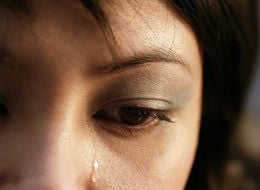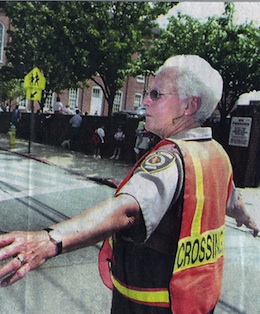
Dr. Ron Pies, professor of psychiatry at Tufts and SUNY Upstate Medical Center in Syracuse, published the following post in the New York Times in September, 2008. I consider it a classic in grief literature. You can get to the original by clicking here.
Let’s say a patient walks into my office and says he’s been feeling down for the past three weeks. A month ago, his fiancée left him for another man, and he feels there’s no point in going on. He has not been sleeping well, his appetite is poor and he has lost interest in nearly all of his usual activities.
Should I give him a diagnosis of clinical depression? Or is my patient merely experiencing what the 14th-century monk Thomas à Kempis called “the proper sorrows of the soul”? The answer is more complicated than some critics of psychiatric diagnosis think.
To these critics, psychiatry has medicalized normal sadness by failing to consider the social and emotional context in which people develop low mood — for example, after losing a job or experiencing the breakup of an important relationship. This diagnostic failure, the argument goes, has created a bogus epidemic of increasing depression.
In their recent book “The Loss of Sadness” (Oxford, 2007), Allan V. Horwitz and Jerome C. Wakefield assert that for thousands of years, symptoms of sadness that were “with cause” were separated from those that were “without cause.” Only the latter were viewed as mental disorders.
With the advent of modern diagnostic criteria, these authors argue, doctors were directed to ignore the context of the patient’s complaints and focus only on symptoms — poor appetite, insomnia, low energy, hopelessness and so on. The current criteria for major depression, they say, largely fail to distinguish between “abnormal” reactions caused by “internal dysfunction” and “normal sadness” brought on by external circumstances. And they blame vested interests — doctors, researchers, pharmaceutical companies — for fostering this bloated concept of depression.
But while this increasingly popular thesis contains a kernel of truth, it conceals a bushel basket of conceptual and scientific problems.
For one thing, if modern diagnostic criteria were converting mere sadness into clinical depression, we would expect the number of new cases of depression to be skyrocketing compared with rates in a period like the 1950s to the 1970s. But several new studies in the United States and Canada find that the incidence of serious depression has held relatively steady in recent decades.
Second, it may seem easy to determine that someone with depressive complaints is reacting to a loss that touched off the depression. Experienced clinicians know this is rarely the case.
Most of us can point to recent losses and disappointments in our lives, but it is not always clear that they are causally related to our becoming depressed. For example, a patient who had a stroke a month ago may appear tearful, lethargic and depressed. To critics, the so-called depression is just “normal sadness” in reaction to a terrible psychological blow. But strokes are also known to disrupt chemical pathways in the brain that directly affect mood.
What is the “real” trigger for this patient’s depression? Perhaps it is a combination of psychological and neurological factors. In short, the notion of “reacting” to adverse life events is complex and problematic.
Third, and perhaps most troubling, is the implication that a recent major loss makes it more likely that the person’s depressive symptoms will follow a benign and limited course, and therefore do not need medical treatment. This has never been demonstrated, to my knowledge, in any well-designed studies. And what has been demonstrated, in a study by Dr. Sidney Zisook, is that antidepressants may help patients with major depressive symptoms occurring just after the death of a loved one.
Yes, most psychiatrists would concede that in the space of a brief “managed care” appointment, it’s very hard to understand much about the context of the patient’s depressive complaints. And yes, under such conditions, some doctors are tempted to write that prescription for Prozac or Zoloft and move on to the next patient.
But the vexing issue of when bereavement or sadness becomes a disorder, and how it should be treated, requires much more study. Most psychiatrists believe that undertreatment of severe depression is a more pressing problem than overtreatment of “normal sadness.” Until solid research persuades me otherwise, I will most likely see people like my jilted patient as clinically depressed, not just “normally sad” — and I will provide him with whatever psychiatric treatment he needs to feel better.
* Click here to subscribe to Beyond Blue and click here to follow Therese on Twitter and click here to join Group Beyond Blue, a depression support group. Now stop clicking.

